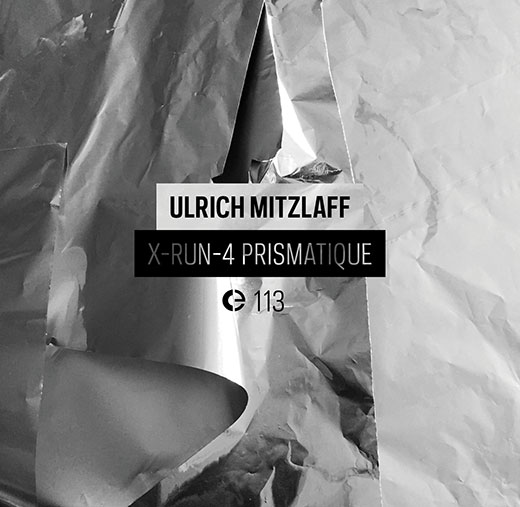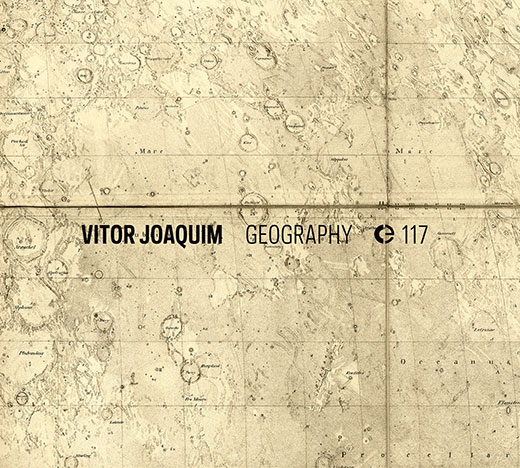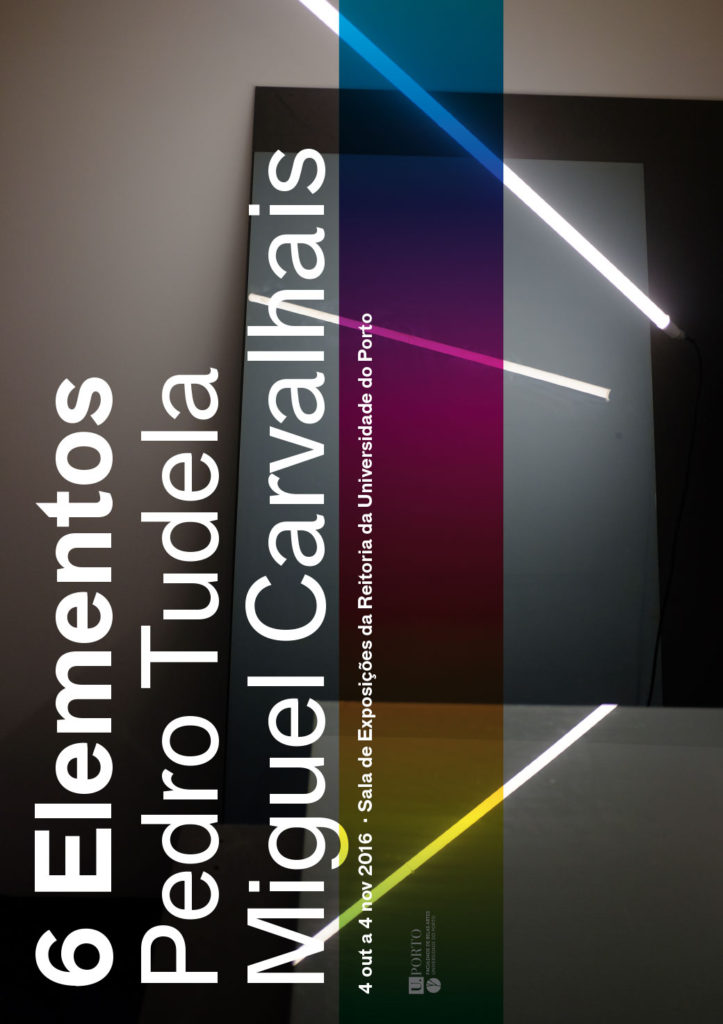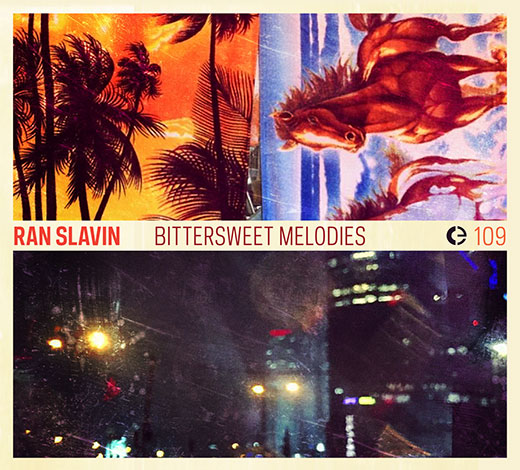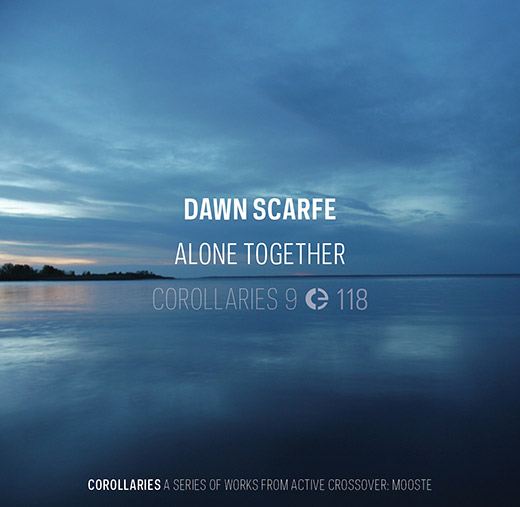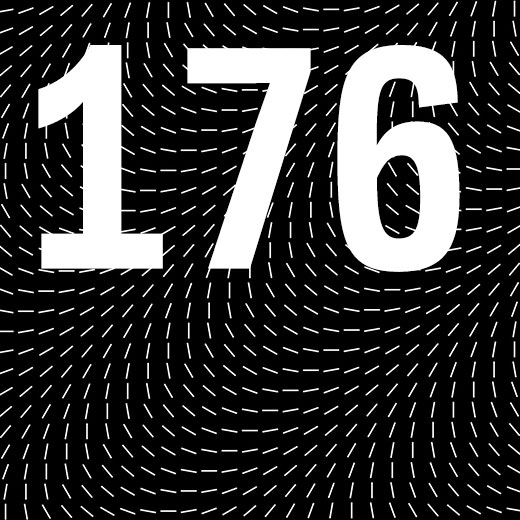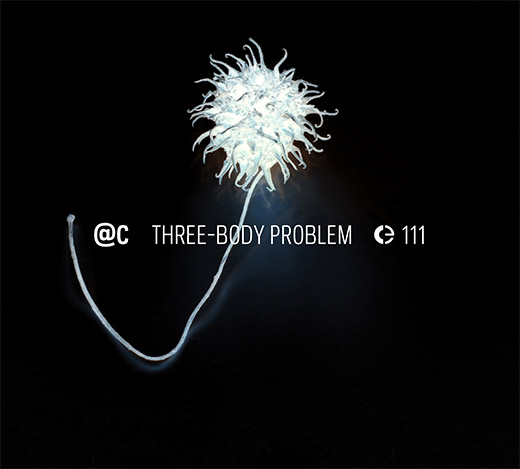
Crónica is elated to present the new release from Sam Auinger and Hannes Strobl’s project, TAMTAM, “Urban Dialogâ€, now available as a free download.
Sam Auinger (sonic thinker, composer, and sound artist) and Hannes Strobl (bass player, composer, and sound artist) refer to their work as a practice where the sound environment becomes the instrument, and the instrument becomes the sound environment. Their instrument is, for all purposes, not only a sounding object that we are well familiar with but it is also the space where the sound lives: the acoustic and psycho-acoustic fields that enable us to extend our accepted senses to hear the habitual and the everyday as something extraordinary.
TAMTAM’s work series “urban dialog†are compositions which have in common being based on field recordings from different urban situations. For each piece a set of sounds is choosen and defined, containing between 5 to 10 long flows of field recordings as well as a set of bass sounds and playing techniques. After this process all chosen materials are understood as pure musical material with no meaning whatsoever. During an experimental process in the studio, musical structures are then worked out, with the piece considered finished at the moment it can be performed in one take.
Composed, performed and produced by TAMTAM in 2016.
Sam Auinger: electronics, field recordings.
Hannes Strobl: electric bass, field recordings.
Mastered by M. Carvalhais.
“Urban Dialog†is now available as a free download from Crónica’s website and from cronica.bandcamp.com.

